The Power of Connection
In February of 2020, my life was moving at its usual fast pace, the days busy in the office and the evenings busy with friends, exercise, laundry, dinner. Weekends were chock-full of birthday parties, bridal showers, baby showers, family gatherings, weddings and trips to the mountains or beach. I learned (the hard way) throughout my 20’s to protect my energy by adding “Do not make plans” to my calendar at least one evening a week when it became too full. I understood the value of boundary-setting to stay healthy so I could give my best to others.
But I had never before experienced a totally empty planner—and I’d been keeping one since I was 12. In March 2020, the global pandemic wiped the calendar clean. All events were cancelled. We moved to remote work, and the apartment I had merely slept in became the walls that protected me. And I didn’t notice at first, but the lack of social interaction began to wear on me. I felt tired, lethargic, uninspired.
As the pandemic continued, I began to understand that long-term lack of social engagement impacted me, my mood, my energy level, my productivity. My ability to do creative work efficiently was declining. And then, about eight months into a work-from-home reality, my apartment was re-sided; it was loud and shook the walls—my window blinds fell. I couldn’t think clearly or conduct audible Zoom calls. So I masked up, reserved a small room in our downsized, empty office space and began going in daily throughout the month-long residing project. I felt a surge of energy, a burst of creativity, a lift in my mood simply by experiencing a different location, passing another human in the building, or interacting briefly with a barista when grabbing a coffee or tea. My days became significantly brighter; I became noticeably energized, motivated, inspired. The work became more interesting, the ideas flowed.
And I’m not an extrovert. Most people who meet me think I’m an introvert. But as Susan Cain coined in her book, Quiet, I am an ambivert. I need both time with people and time away from people. My energy is derived from human interaction and space to process those interactions. I realize my combination of circumstances, wiring and personality traits are not the same as everyone; but I don’t think I’m entirely alone. That’s the key—understanding yourself and what energizes you—and, if you lead others, understanding your teammates and what energizes them.
I’ve learned there are safe ways to bolster my energy and be the most productive employee I can be while in a work-from-home or hybrid-work model—because I own the management of my energy. Prior to 2020, I built margin into my calendar to ensure I had the time needed to recharge. And now, after 22 months of work-from-home, I understand that my productivity is rooted in my energy. To manage it effectively includes social interaction like a walk during lunch, a coffee or tea run in the morning or a reserved space in our new office. The burst of energy I feel after interacting with another human outside of a Zoom call is tangible—and that energy converts to creative, inspired productivity.
Tasks can be performed when sleep-deprived or hungry when following a structured system, but mistakes are more likely to be made, hindering efficiency—and overall output. Even if you are getting enough sleep, eating well and exercising routinely, you might still feel a lack of creativity. With a strong work ethic, you can muster up the strength needed to get stuff done, but that doesn’t mean you feel energized. To be an effective employee, it’s important to understand where you draw your energy and work within your circumstances.
Many organizations focus on employee engagement—which is smart. And because of that focus there have been many wellness programs instituted. But well-being is a facet of wellness and can’t simply be lumped into physical wellness. The state of an employee’s well-being can be all encompassing and impact their work performance. It can’t be overlooked by employees or their leaders. If energy is a contributing factor of healthy well-being then the state of well-being can be directly tied to productivity. So if I take care of myself physically, emotionally and spiritually (for me) but neglect the social component, then my well-being is impacted and, in turn, my productivity.
Over the last several months, I have had Zoom calls with my own Building Champions coach. Sometimes it takes time, self-analysis, and an outside perspective (or an apartment re-siding) to see what needs to be changed. If the social health of my well-being has taken a hit, then it’s hard to see ahead to what can be, it’s hard to execute on the activities that make my greatest contribution and it’s hard to prioritize the right tasks to be successful—all because my energy is lagging. So be honest with yourself, are you energized? Are you staying connected? Take some time to reflect on your current reality, your circumstances, your own output. We can’t always change our circumstances, but we can work within them to be the healthiest, most productive and energized that we can be both at work and at home.
To learn more about how we help clients focus on their well-being and self-leadership, contact us today.
Elevate Your Leadership Coaching
If you’re looking to ensure that your compass heading is right for the next season of life and leadership, the Elevate Coaching journeys are for you!


